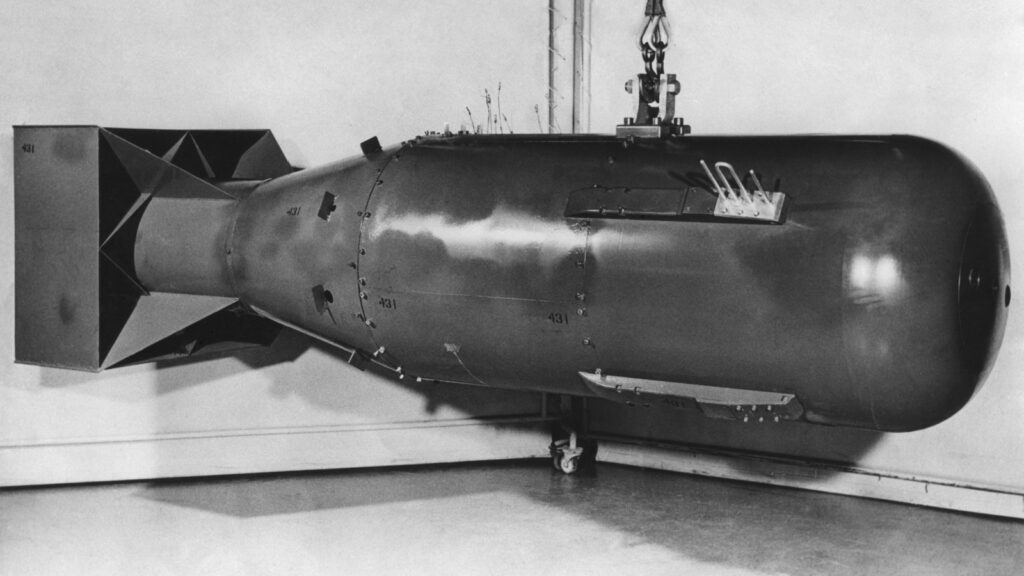Viele Menschen haben im Laufe der Geschichte Vorhersagen gemacht, die so präzise waren, dass sie uns in Ehrfurcht versetzen. Ob durch Intuition, Vision oder schiere Genialität – diese Prophezeiungen haben den Lauf der Ereignisse geformt und widergespiegelt, sodass wir über Schicksal, Bestimmung und menschliche Wahrnehmung nachdenken müssen. Hier sind einige erstaunliche Vorhersagen aus der Geschichte, die bemerkenswerterweise wahr geworden sind.
Der Untergang der Titanic
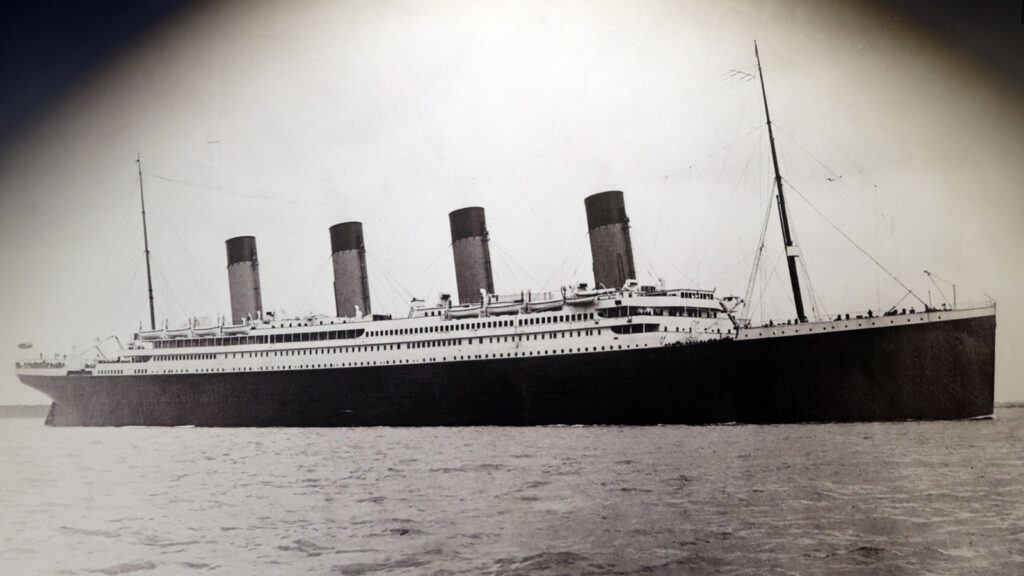
Vierzehn Jahre bevor die RMS Titanic sank, schrieb Morgan Robertson einen Roman mit dem Titel „Futility“. Darin beschrieb er den tragischen Untergang eines Schiffs namens „Titan“, das wie die Titanic als unsinkbar galt und nach einer Kollision mit einem Eisberg sank.
Jules Vernes Mondlandung
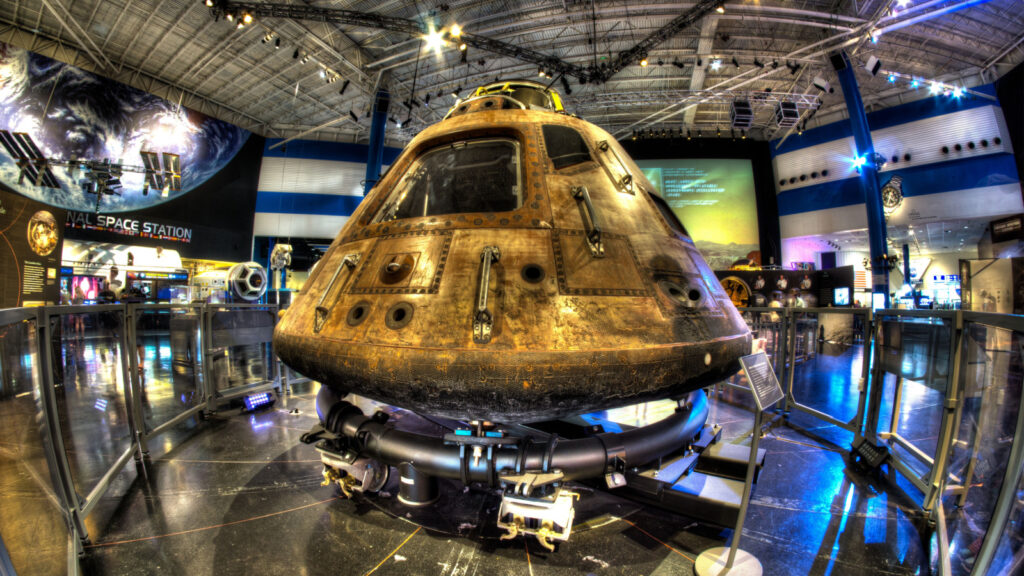
In seinem 1865 veröffentlichten Roman „Von der Erde zum Mond“ schrieb Jules Verne über eine Raumkapsel, die von Florida aus gestartet wurde und nach einer Umrundung des Mondes im Pazifik landete. Über ein Jahrhundert später spiegelte die Apollo 11-Mission diese Reise wider.
Nostradamus und der Große Brand von London
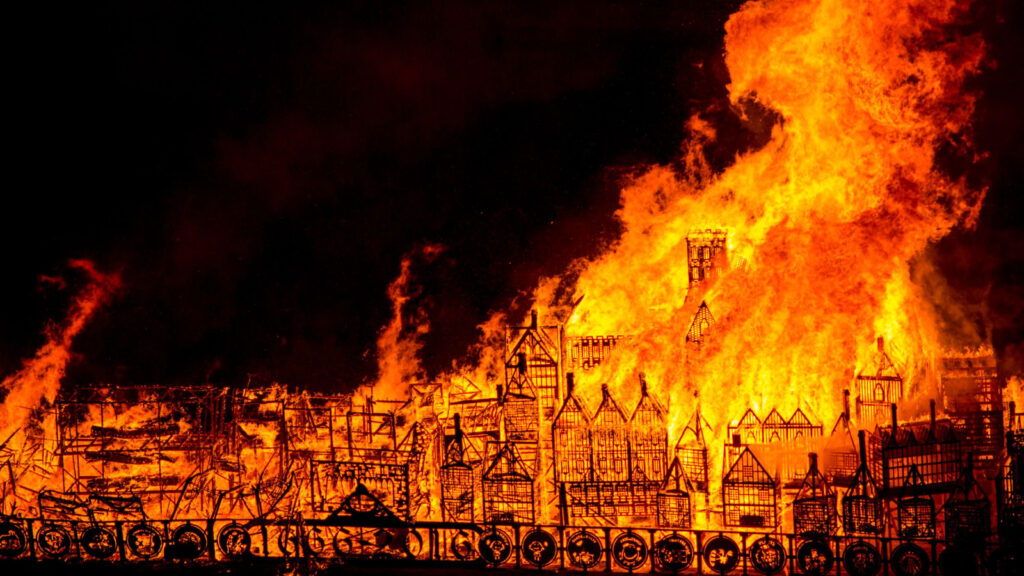
Der berühmte Seher des 16. Jahrhunderts sagte: „Das Blut der Gerechten wird in London verlangt werden, verbrannt durch Feuer im Jahr 66.“ Im Jahr 1666 brach der Große Brand von London aus.
Mark Twains eigener Tod
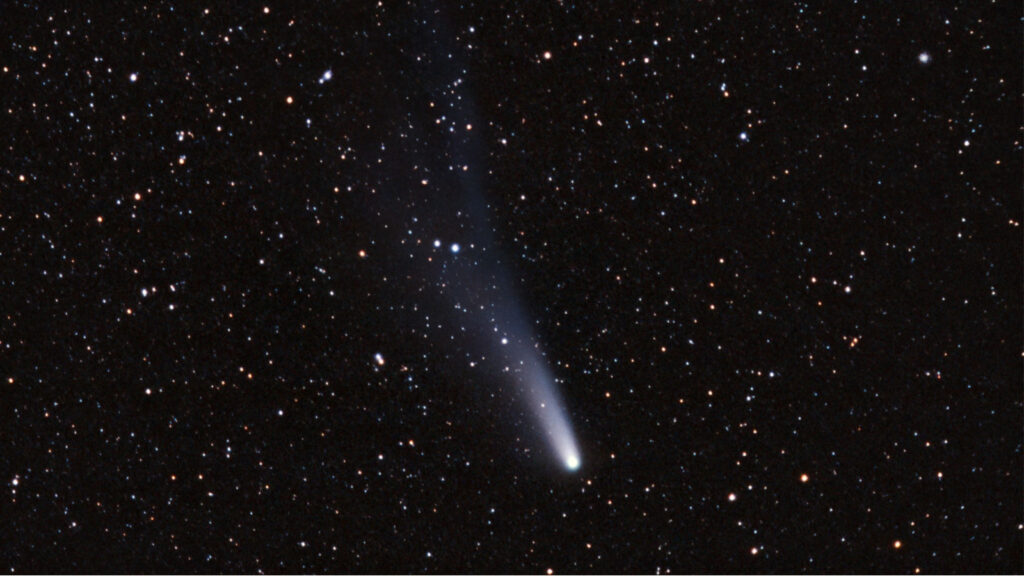
Twain wurde 1835 geboren, als der Halleysche Komet sichtbar war. Er sagte voraus, dass er mit dem Kometen die Welt verlassen würde. Im Jahr 1910, dem Jahr der Rückkehr des Kometen, starb Twain.
H.G. Wells und die Atombomben
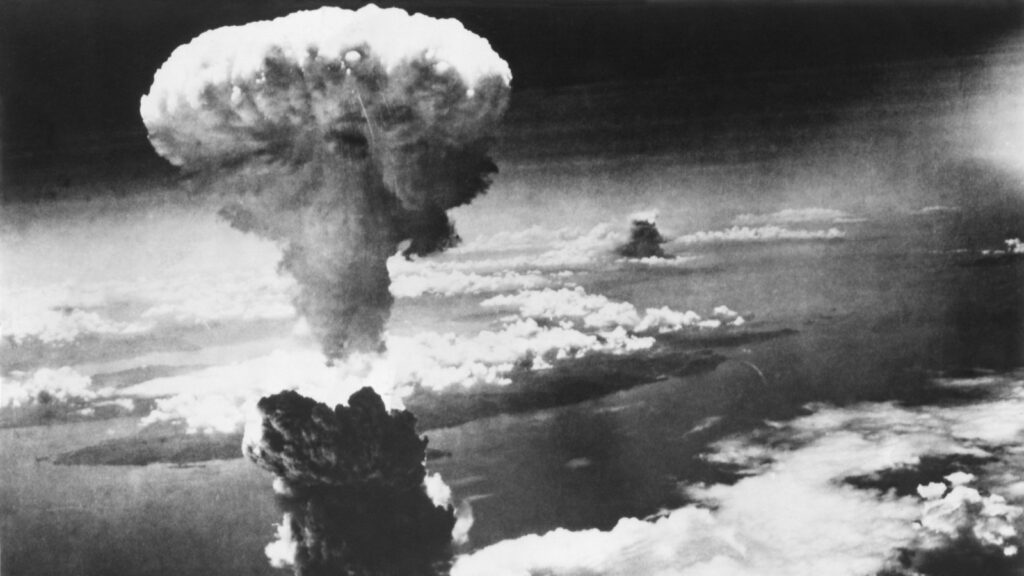
In seinem 1914 veröffentlichten Buch „The World Set Free“ stellte Wells sich Städte vor, die durch „Atombomben“ zerstört wurden. Drei Jahrzehnte später wurde dies zur düsteren Realität.
E.M. Forsters Internetvorhersage

In seiner 1909 veröffentlichten Novelle „The Machine Stops“ stellte sich Forster eine Welt vor, in der Menschen über ein globales Netzwerk kommunizieren – eine unheimliche Parallele zum heutigen Internet.
John Watkins und moderne Technologie

Im Jahr 1900 sagte John Watkins Jr. Technologien für das 21. Jahrhundert voraus, darunter Mobiltelefone, Farbfotografien und Fertiggerichte.
Aldous Huxleys „Schöne neue Welt“

Huxleys Roman von 1931 sagte eine Zukunft mit Gentechnik, IVF und einem durch Medikamente induzierten, sorglosen Leben voraus, das an heutige Antidepressiva erinnert.
Orwells Vision von 1984
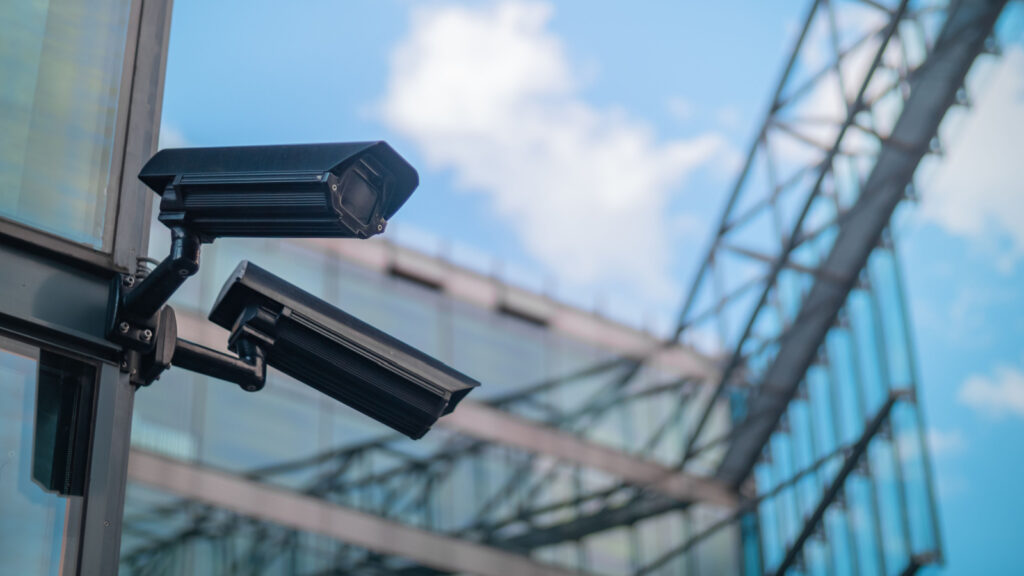
Obwohl nicht exakt, wurde George Orwells Darstellung eines Überwachungsstaates in „1984“ mit der modernen Überwachung durch Regierungen verglichen.
Teslas Smartphone-Vorhersage

Nikola Tesla sagte 1926 Geräte voraus, die „sofortige Kommunikation“ weltweit ermöglichen würden – genau wie unsere Smartphones.
Spengler sagt den Zweiten Weltkrieg voraus
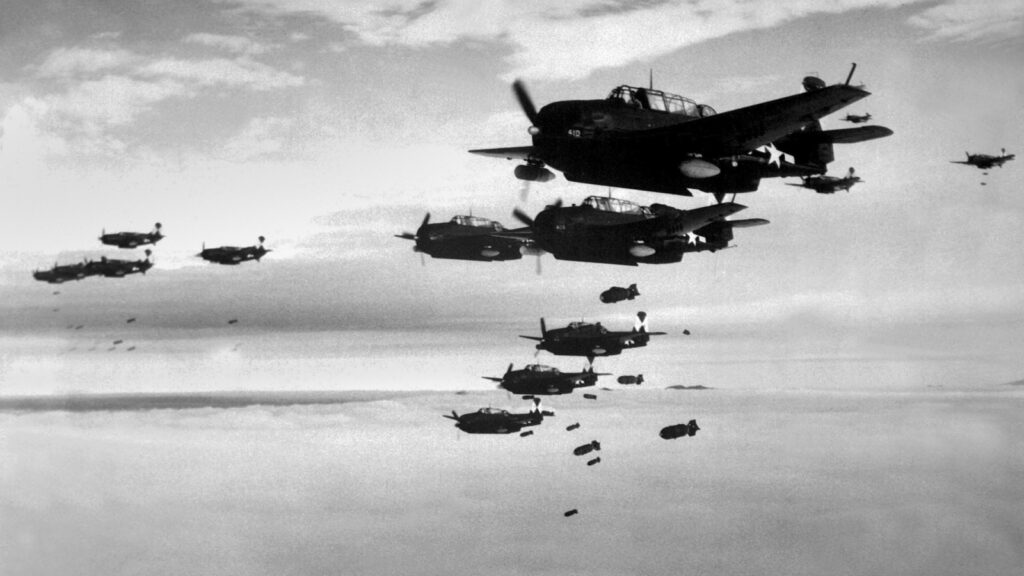
Oswald Spengler prognostizierte 1918 einen zweiten großen Konflikt um 1939. Der Zweite Weltkrieg begann 1939.
Baba Wangas Prophezeiungen
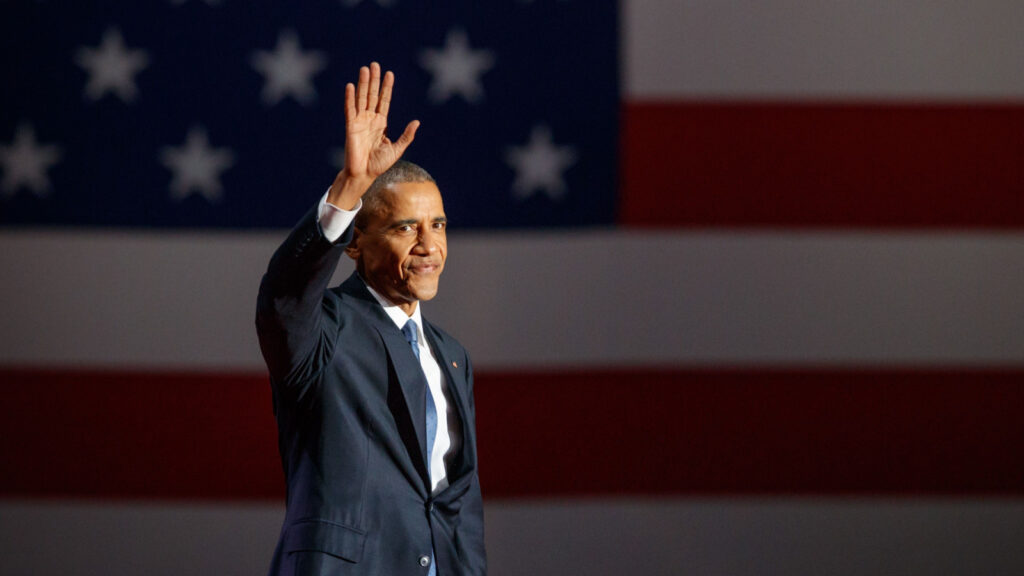
Die blinde bulgarische Seherin sagte voraus, dass der 44. US-Präsident Afroamerikaner sein würde und „der letzte“. Barack Obama war der 44. Präsident.
Ray Bradburys Ohrhörer

In „Fahrenheit 451“ beschrieb Bradbury „Seashell Radios“, die heutigen Ohrhörern ähneln.
Michel de Nostredames Vorhersagen
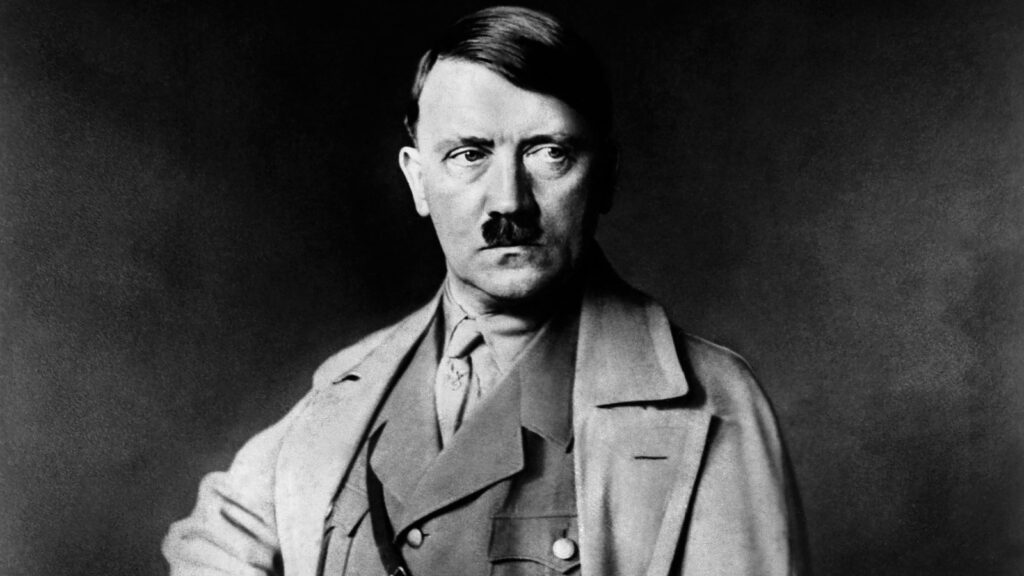
In einem seiner Vierzeiler soll Nostradamus den Aufstieg Hitlers und die darauf folgenden Ereignisse des Zweiten Weltkriegs vorausgesagt haben.
Edwin Armstrongs FM-Radio
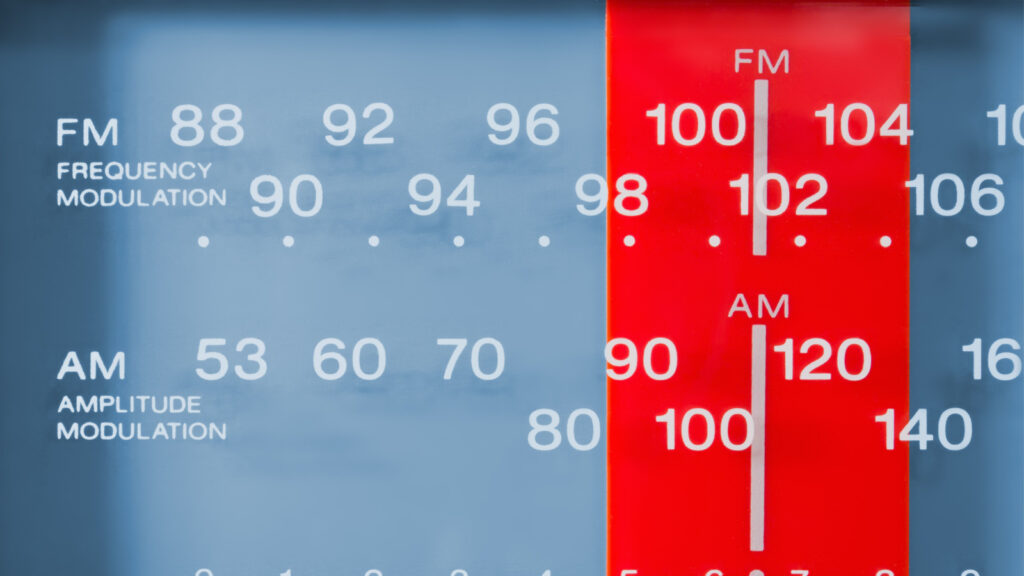
Trotz Kritik in den 1920er Jahren wusste Armstrong, dass die Frequenzmodulation (FM) die Zukunft des Radios sein würde.
Das Wrack der Titan
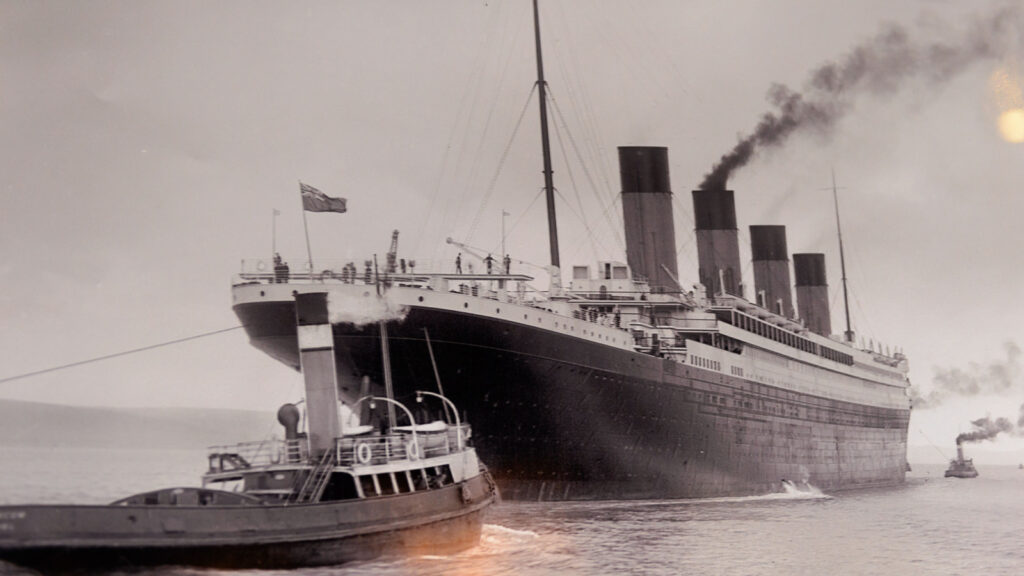
Der fiktive „Titan“ teilte viele Ähnlichkeiten mit der Titanic und sank im April, genau wie das echte Schiff.
Tolstois Russische Revolution
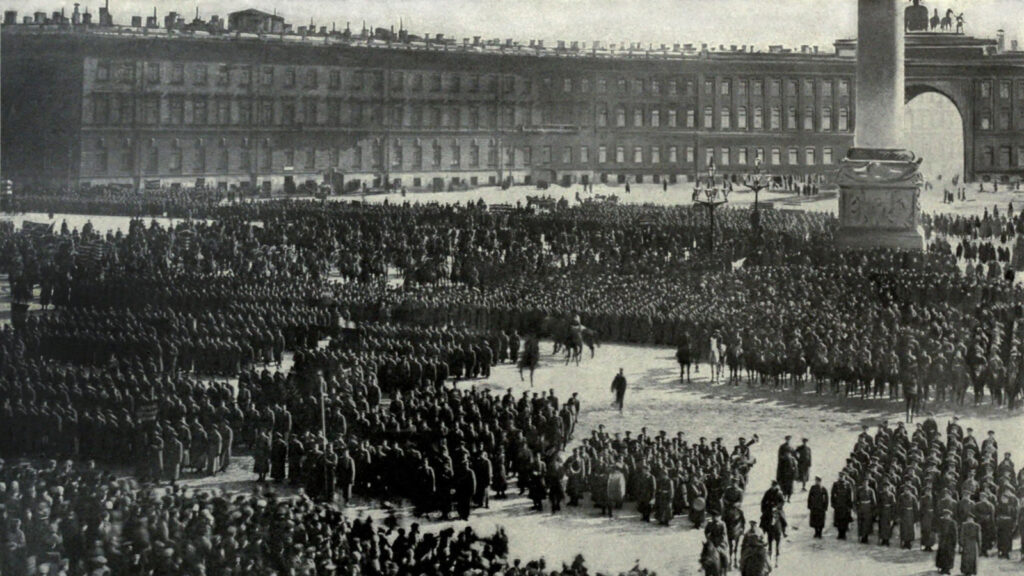
In seinen Schriften drückte Tolstoi Überzeugungen aus, die die Bolschewiki-Revolution und den Aufstieg des kommunistischen Regimes vorwegnahmen.
Philip K. Dicks Kriminalitätsvorhersagen

Dicks „Minority Report“ beschrieb eine Zukunft, in der Verbrechen vorhergesagt und verhindert werden, bevor sie geschehen – eine Idee, die heute mit prädiktiver Polizeiarbeit erforscht wird.
Roger Bacons Mikroskop und Teleskop
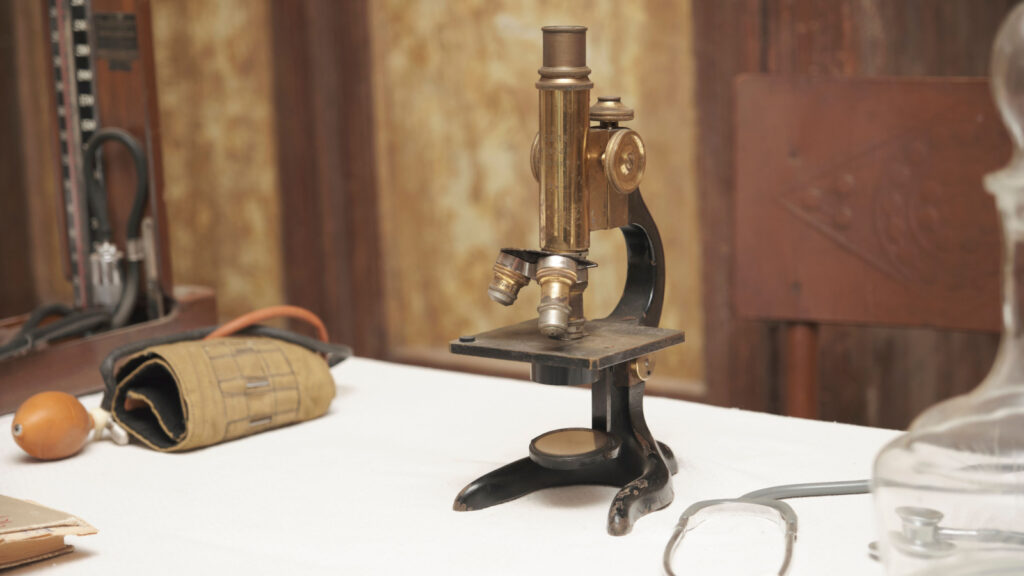
Im 13. Jahrhundert sagte Bacon Geräte voraus, die unsere Sicht verbessern könnten, was letztlich zur Erfindung von Mikroskopen und Teleskopen führte.
Lady Montagus Pockenimpfung

Im 18. Jahrhundert schrieb Lady Montagu über eine Methode, die sie in der Türkei beobachtete und die Pocken verhindern könnte. Dies war ein Vorläufer der Impfung.
Da Vincis Flugmaschinen
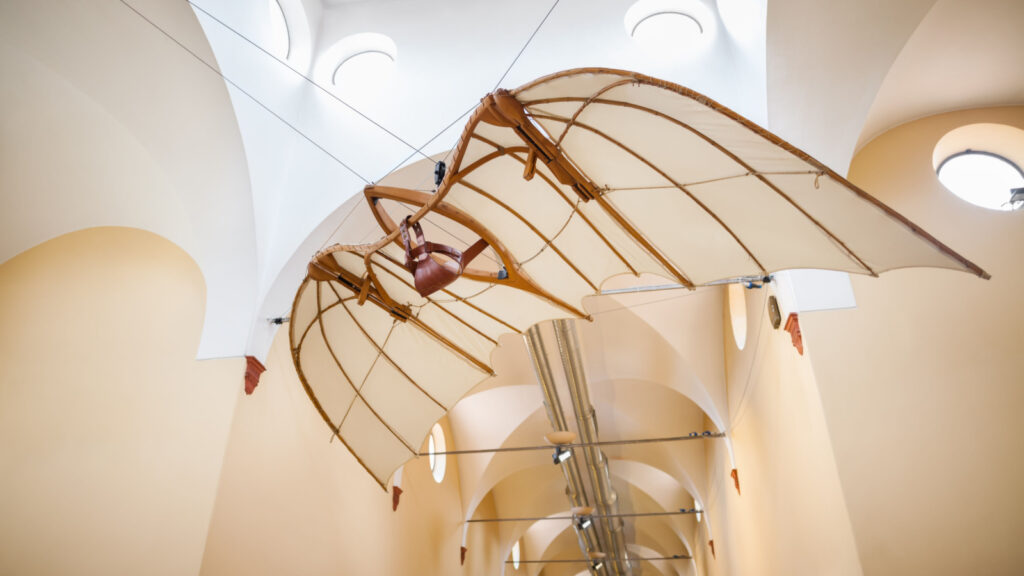
Leonardo da Vinci skizzierte im 15. Jahrhundert Maschinen, die modernen Hubschraubern und Flugzeugen ähneln.
Isaac Asimovs Roboterfortschritte

Asimovs Essay von 1950 sagte voraus, dass Roboter bis zum Jahr 2000 in Haushalten alltäglich sein würden, was den heutigen Fortschritten in der Robotik entspricht.
Abraham Lincolns Traum
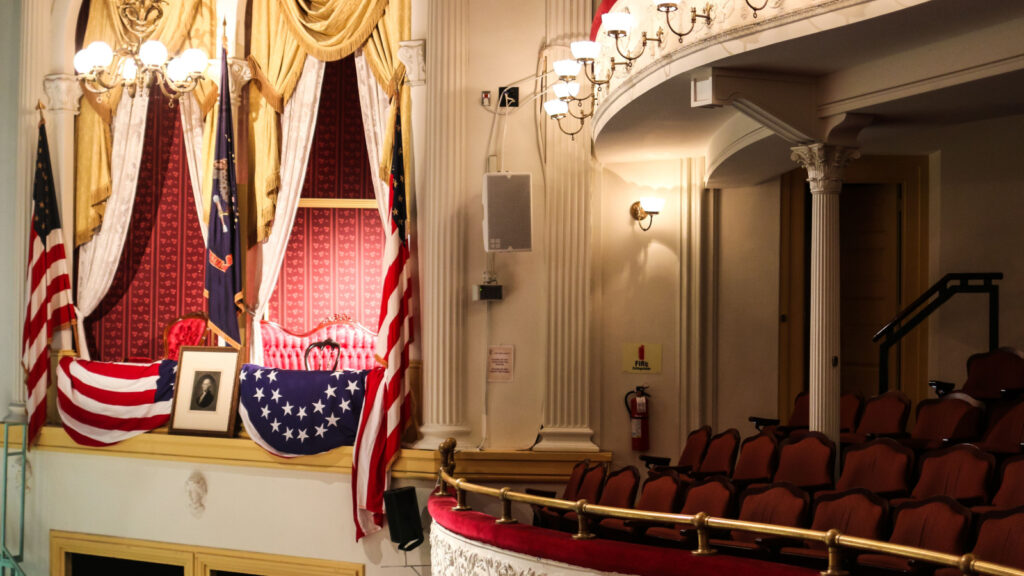
Lincoln erzählte angeblich einem Freund von einem Traum, in dem er seine eigene Ermordung sah. Wochen später wurde er getötet.
Dicksons bewegte Bilder

Louis Le Prince verschwand 1890 auf mysteriöse Weise, nachdem er eine Erfindung entwickelt hatte, die bewegte Bilder aufnahm – ein Vorläufer des Kinos, das heute eine bedeutende Unterhaltungsform ist.
Stanisław Lems E-Books

In seinem 1961 veröffentlichten Buch „Rückkehr von den Sternen“ sprach Lem über elektronische Bücher, Jahrzehnte vor der Einführung von Kindle und E-Readern.
Tom Clancys 9/11-Vorhersage

In seinem 1994 veröffentlichten Roman ließ Clancy einen Terroristen ein Flugzeug ins US-Kapitol stürzen – eine unheimliche Parallele zu den Anschlägen vom 11. September.
Bradburys wandgroße Fernseher

In „Fahrenheit 451“ stellte sich Bradbury vor, dass Familien wandgroße Fernseher anschauen – ein Konzept, das heute mit Heimkinos Realität geworden ist.
Sir Arthur Conan Doyles Körperpanzer
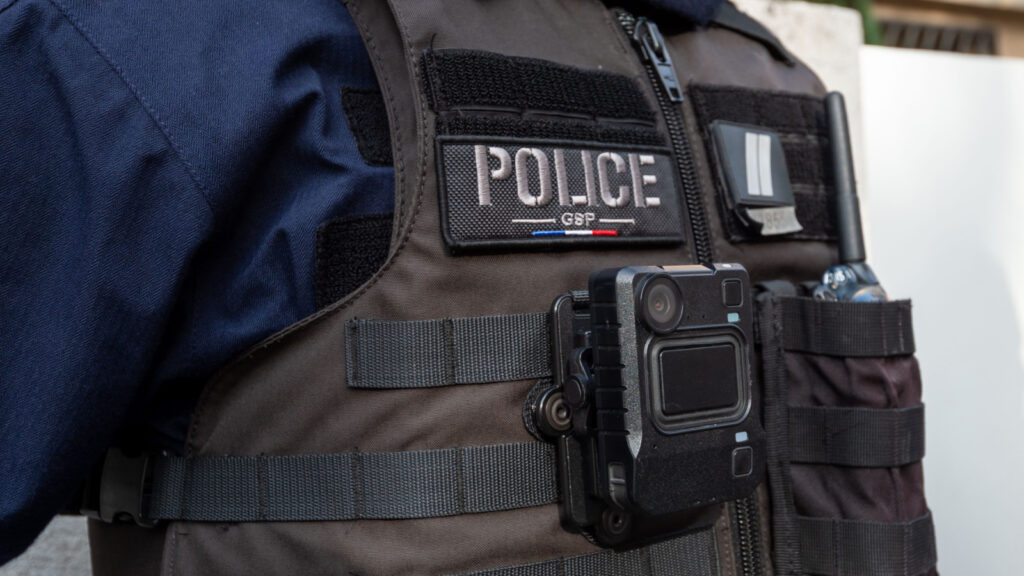
Doyle schlug einmal ein Kleidungsstück vor, das Kugeln abhalten könnte. Heute haben wir kugelsichere Westen.
John Elfreth Watkins Jr. und Digitale Fotografie
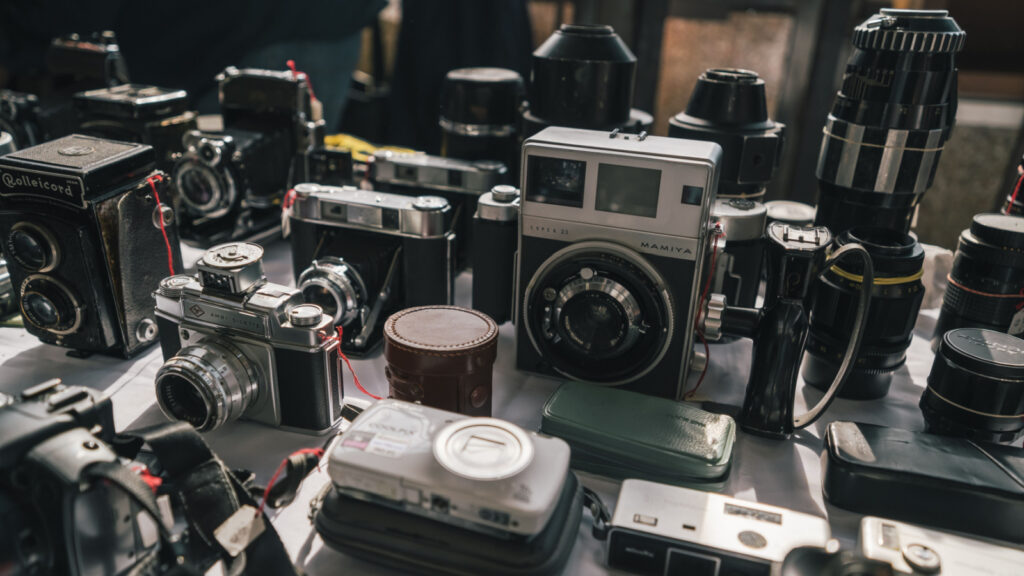
Im Jahr 1900 sagte Watkins tragbare Kameras voraus und sah damit die Entwicklung der digitalen Fotografie voraus.
